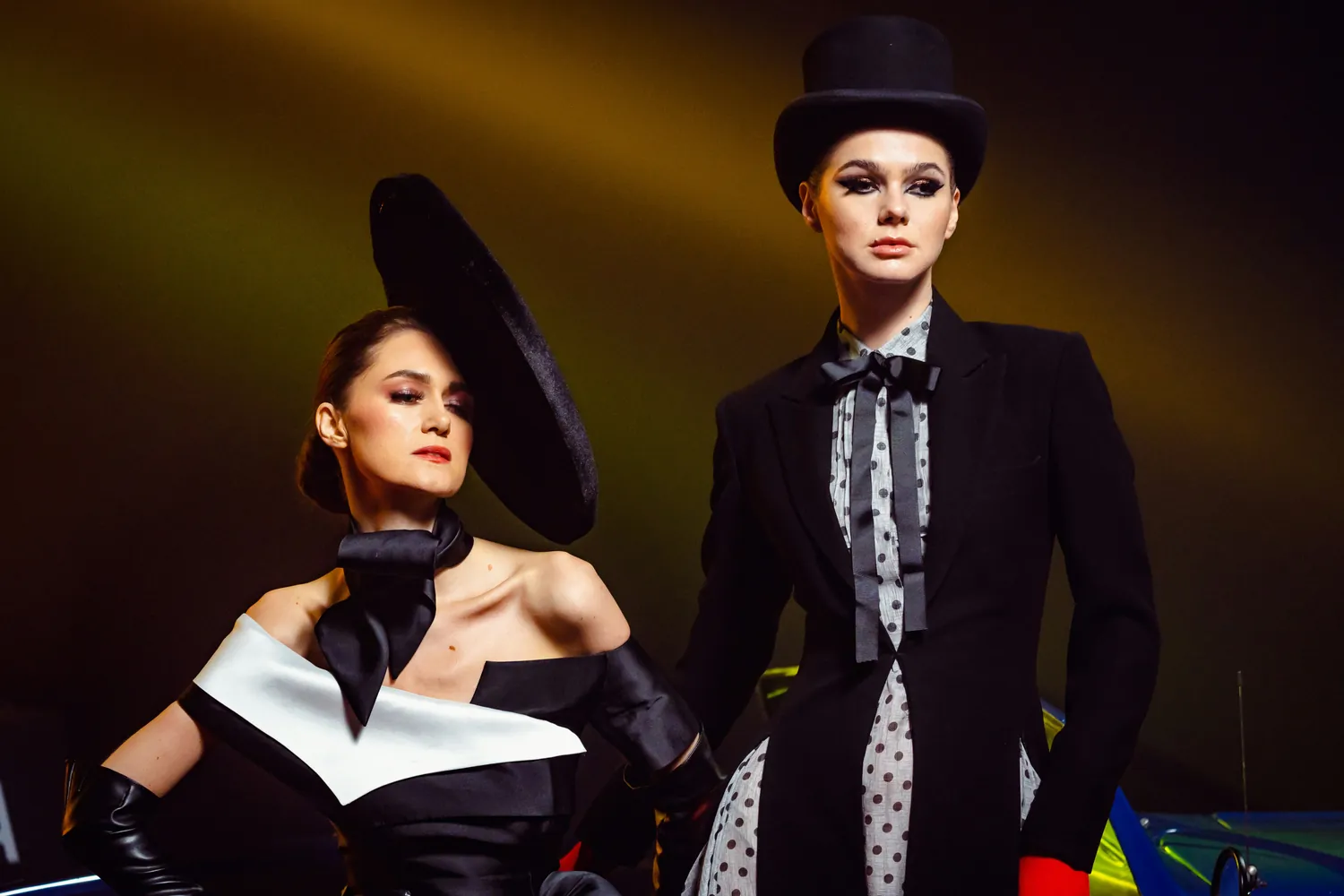Innovative Designers Pioneering the Gender-Neutral Fashion Movement Today

The Rise of Gender-Neutral Fashion
In recent years, the fashion industry has witnessed a transformative shift towards inclusivity, with gender-neutral fashion emerging as a pivotal movement. This change isn't just a fleeting trend; it's a reflection of evolving societal norms and the growing demand for clothing that transcends traditional gender binaries. Consumers are increasingly seeking apparel that offers flexibility in identity expression, prompting designers and brands to rethink their collections.
Gender-neutral fashion is defined by its lack of restrictions based on traditional gender roles. It emphasizes versatility, comfort, and inclusivity, allowing individuals to express themselves without being confined to the societal expectations tied to 'menswear' or 'womenswear'. In this context, brands and designers are not only catering to a broader audience but are also challenging the conventional norms of fashion retail.
Key Drivers of the Movement
The surge in demand for gender-neutral fashion can be attributed to several factors:
- Changing Consumer Mindsets: Younger generations, particularly Gen Z, are more inclined to embrace fluid identities, rejecting labels that confine them to specific gender norms.
- Social Media Influence: Platforms like Instagram and TikTok have provided a space for individuals to express unique styles, amplifying the visibility and desirability of gender-neutral fashion.
- Cultural Shifts: Conversations around gender identity and expression have gained traction globally, influencing public perception and acceptance.
These elements collectively drive the demand for more inclusive fashion choices, creating opportunities for innovative designers who are keen on exploring this new frontier.
Pioneering Designers Leading the Charge
Several designers have risen to prominence as champions of the gender-neutral movement, each bringing their own unique perspective and creativity to the forefront. Here are a few noteworthy innovators:
Telfar Clemens
Telfar Clemens, the Liberian-American designer behind the brand Telfar, has been instrumental in redefining accessibility in fashion. With the motto “Not for you, for everyone,” Telfar designs are known for their minimalist yet functional aesthetics. The brand's iconic Shopping Bag, often referred to as the 'Bushwick Birkin,' symbolizes inclusivity and accessibility.
Clemens focuses on creating pieces that defy gender norms, featuring unisex silhouettes that appeal across gender lines. His collections demonstrate how commercial success can align with progressive ideals.
Rad Hourani
Rad Hourani, a Canadian designer of Jordanian descent, made history by being the first designer to present a unisex haute couture collection. His designs are characterized by monochrome palettes and architectural forms that blur the lines between traditional menswear and womenswear.
Hourani's approach is rooted in the idea of timelessness—eschewing seasonal trends in favor of garments that remain relevant regardless of changing fashions or evolving personal identities. This ethos is captured in his statement: “No gender, no season, no rules.”
Phluid Project
The Phluid Project is not just a brand but a movement that promotes authenticity and self-expression. Founded by Rob Smith, this New York-based company offers an array of gender-free clothing options alongside a community-focused retail space.
The Phluid Project emphasizes sustainable practices by offering collections made from eco-friendly materials. Moreover, it actively supports LGBTQIA+ causes through initiatives like donating portions of sales to relevant organizations. By integrating social responsibility into its business model, Phluid proves that fashion can be both forward-thinking and ethical.
Implications for Traditional Retail Strategies
As gender-neutral fashion gains traction, traditional retailers face both challenges and opportunities. Brands that have historically segmented their products by gender must now consider integrating unisex options or risk becoming obsolete. This paradigm shift affects everything from marketing strategies to store layouts and product designs.
Product Development and Marketing
Designing gender-neutral clothing requires an understanding of diverse body types and preferences. This demands more than simply resizing existing styles; it involves reimagining how garments fit and function for all bodies. Brands must invest in research and development to create collections that resonate broadly without alienating specific groups.
Marketing strategies need to evolve too. Advertising campaigns should reflect diversity in casting and storytelling, showcasing clothing in a variety of contexts to appeal to different demographics. It's crucial for brands to authentically engage with communities they aim to serve rather than superficially adopting inclusivity as a marketing tool.
Retail Space Transformation
The physical retail environment also stands to benefit from embracing gender neutrality. Traditional stores often separate clothing into male and female sections; however, creating integrated spaces that encourage exploration can enhance customer experience.
- Flexible Layouts: Retailers might adopt modular layouts that allow for dynamic displays based on seasonal changes or consumer behavior.
- Inclusive Fitting Rooms: Designing fitting rooms that offer privacy and comfort regardless of gender identity ensures that all customers feel welcome.
Such changes not only align with modern consumer values but can also drive foot traffic by offering an inclusive shopping experience.
The Road Ahead: Balancing Innovation and Tradition
The path forward involves balancing innovation with tradition. While gender-neutral fashion presents exciting opportunities for growth and differentiation, it also poses questions about brand identity and heritage. Some established brands may struggle with abandoning long-held conventions or risk alienating loyal customers resistant to change.
However, by approaching this transition thoughtfully—embracing feedback from diverse consumer groups and collaborating with innovative designers—brands can successfully navigate this evolution. Ultimately, embracing gender-neutral fashion is less about discarding tradition and more about expanding horizons to accommodate a broader spectrum of identities and expressions.
In conclusion, the gender-neutral fashion movement represents a significant cultural shift towards inclusivity and self-expression. It challenges traditional notions of identity while offering new market opportunities for brands willing to adapt. As pioneering designers continue to lead this charge, they pave the way for a more diverse and accepting fashion landscape that truly reflects the world's rich tapestry of identities.